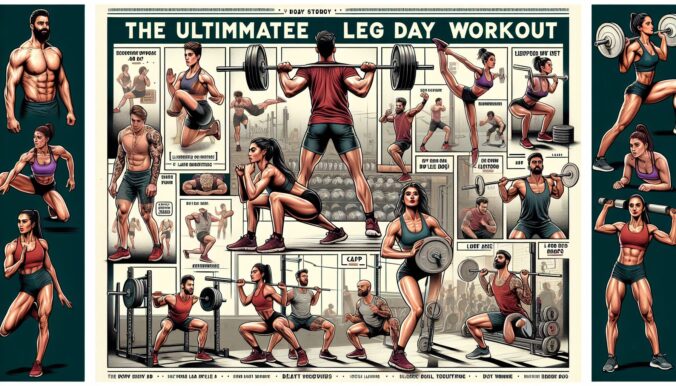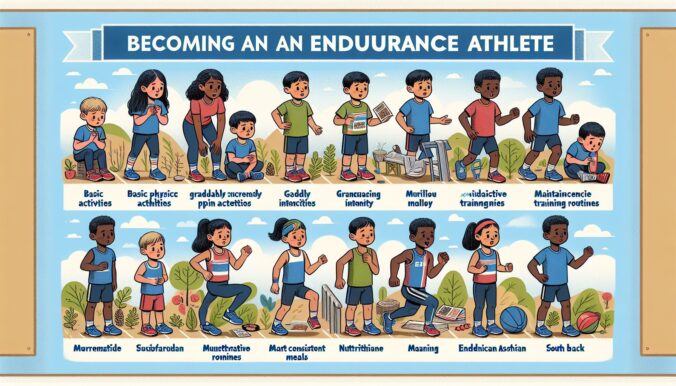As Olympic athletes strive for glory, they know that strong legs are the foundation of their success. From sprinters to gymnasts, swimmers to weightlifters, every discipline requires extraordinary leg strength and power. Therefore, it is crucial for Olympians to have a well-rounded leg day routine that helps them excel in their respective fields. In this article, we will explore the best exercises for legs that truly push the limits and help these extraordinary athletes reach new heights.
Building Endurance with Cycling
Cycling is a fantastic exercise to kick off your leg day routine. Not only does it increase cardiovascular fitness, but it also builds muscular endurance, especially in the quadriceps and hamstrings. Whether you prefer an outdoor ride or a rigorous spin class, pushing yourself to maintain high resistance and a quick cadence will truly challenge your legs. Don’t forget to adjust your bike saddle height to ensure proper alignment and prevent unnecessary strain on your joints.
Developing Explosive Power with Box Jumps
Olympians are known for their explosive power, and box jumps are their secret weapon. This plyometric exercise engages the quadriceps, hamstrings, and glutes while improving proprioception and coordination. Start with a moderate box height and gradually increase it as your strength and confidence grow. Remember to land softly, absorbing the impact with your legs, and immediately spring back onto the box for the next repetition. Box jumps will truly ignite the power within you.
Sculpting Strength with Squats
When it comes to leg exercises, squats reign supreme. A staple in any Olympian’s workout routine, squats engage multiple muscle groups simultaneously, including the quadriceps, hamstrings, glutes, and calves. Start with bodyweight squats to perfect your form, then gradually add weights to increase resistance. Whether you opt for front squats, back squats, or goblet squats, ensuring proper technique, such as maintaining a flat back and keeping your knees aligned with your toes, is crucial for maximum effectiveness and injury prevention.
Unleashing Agility with Lateral Lunges
In the world of Olympic sports, agility is key. Lateral lunges are a superb exercise for developing lateral strength and stability. By targeting abductors, adductors, and glutes, lateral lunges enhance side-to-side movements, crucial for athletes such as basketball players and fencers. Step to the side, keeping your toes pointed forward, and lower your body into a lunge position. Pushing back up to the starting position engages your leg muscles in a unique way, allowing you to dominate on the field or court.
Enhancing Flexibility with Yoga
While strength and power are essential, flexibility should not be overlooked, as it contributes to overall athletic performance. Engaging in regular yoga sessions can greatly enhance an Olympian’s leg day routine. With poses like Warrior I, Warrior II, and King Pigeon, yoga stretches and strengthens your leg muscles, promoting balance, increasing range of motion, and preventing injuries. Yoga’s mind-body connection also helps athletes maintain focus and mental clarity during high-pressure competitions.
Conclusion
As Olympians push their bodies to the limit, their leg day workouts play a crucial role in their quest for greatness. From endurance-building cycling to explosive box jumps, sculpting squats, and agility-enhancing lateral lunges, incorporating these exercises into your training routine will undoubtedly take your leg strength and power to new heights. Remember to always warm up properly, listen to your body, and gradually increase weights and repetitions to prevent injuries. Stay committed to your leg day routine, and soon you’ll be ready to sprint, jump, and conquer the world just like an Olympic champion!




